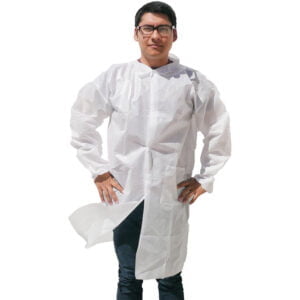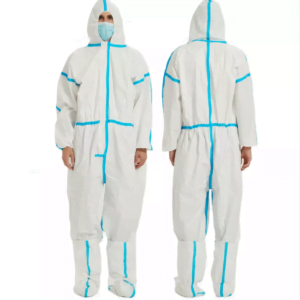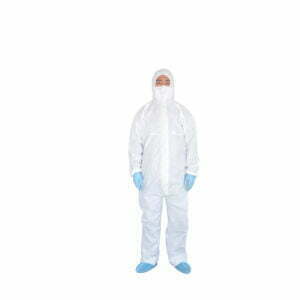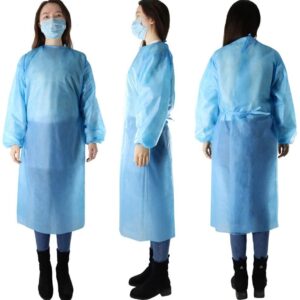- Healthcare staff must use isolation gowns as a crucial item of personal protective equipment to protect themselves from bodily fluids and other potentially infectious substances. When participating in medical operations, treatments, or other activities where contact with blood, bodily fluids, or other potentially infectious materials is anticipated, isolation gowns are typically worn. Healthcare workers can avoid coming into touch with infectious agents on their skin and clothing by donning an isolation gown.
- They are designed to cover the body from the neck to the knees and the wrists to the elbows, and they have long sleeves and ties or elastic bands at the cuffs, waist, and neck to secure them in place. Isolation gowns are typically worn in medical settings, such as Hospitals, Clinics, Healthcare, Pharmaceutical, Food industry, Laboratory, Manufacturing and Safety to protect healthcare workers from coming into contact with infectious materials or bodily fluids. They may also be worn by patients to prevent the spread of infection to others.






